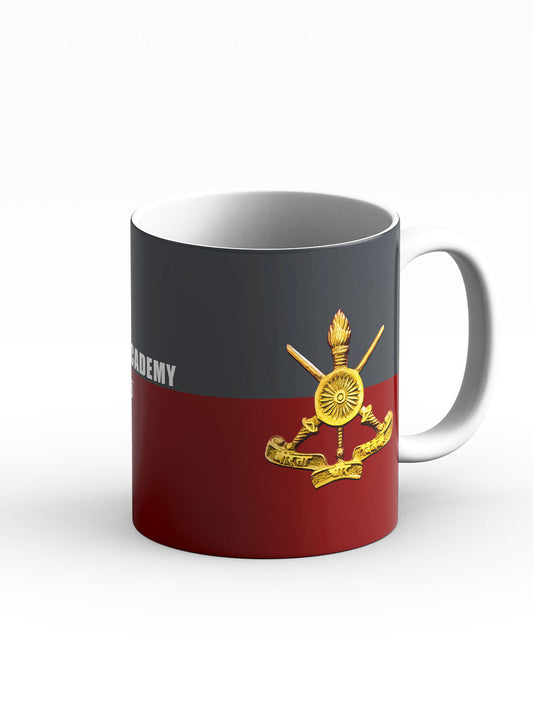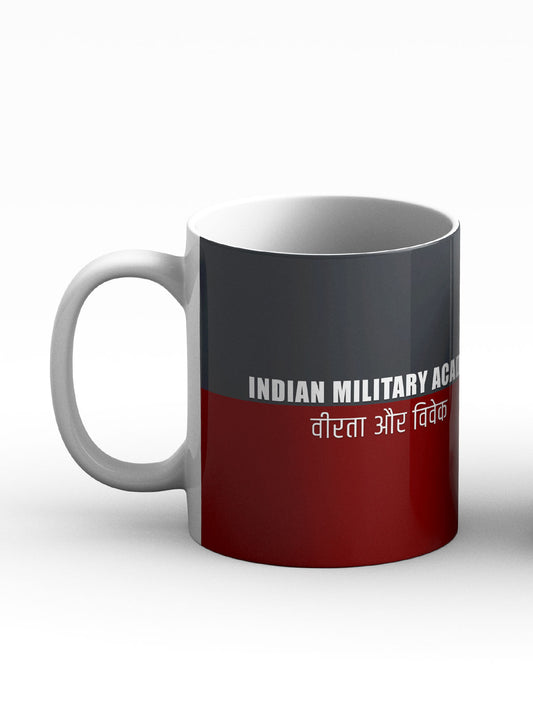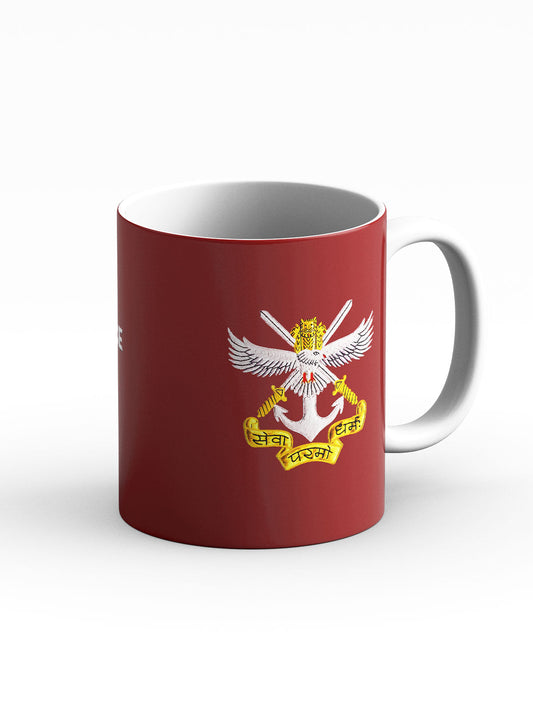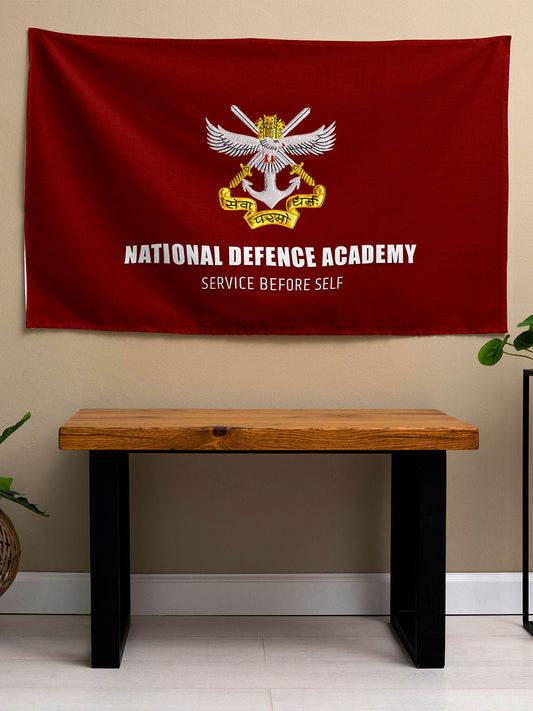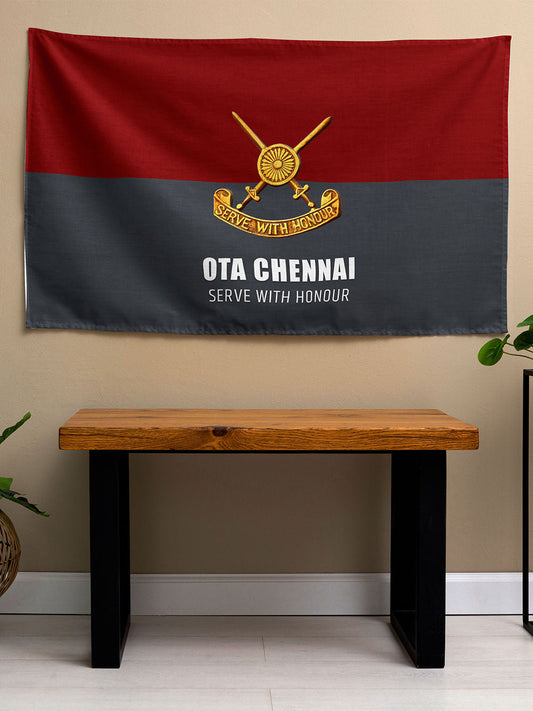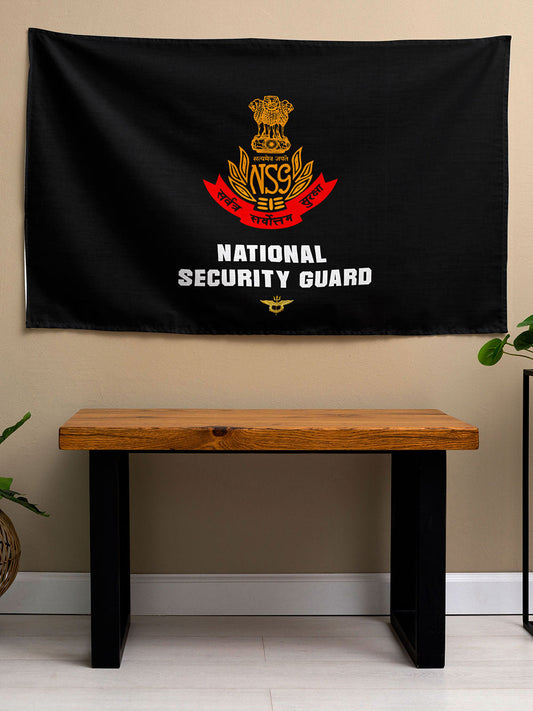India Air Force Raises Concerns Over Stealth Issues in Russian Su-57E Fighter Proposal

The Indian Air Force (IAF) has expressed significant concerns regarding the stealth capabilities of Russia's Su-57E fifth-generation fighter jet, highlighting technical shortcomings that affect its radar signature, particularly from the rear, according to a Zee News (Hindi) report.
An IAF evaluation team identified the aircraft's exposed engine section as a critical vulnerability, which undermines the advantages gained from its advanced shaping and radar-absorbent materials. Experts noted that the Su-57E's engine panels and nozzle design closely resemble those of older Soviet-era models, such as the Su-27 series, resulting in a larger radar cross-section (RCS). Initial tests revealed that the Su-57E's RCS ranges between 0.1 and 1 square meter from the front, considerably higher than the 0.001 square meter profile of the Lockheed Martin F-35.
Analysts point out that Russia's design approach for the Su-57 emphasizes engine power at the expense of stealth optimization. The fighter's Saturn AL-41F1 engines provide substantial thrust but compromise low visibility and thermal signature control. This contrasts with Western fifth-generation aircraft, which aim to balance propulsion efficiency with stealth features.
The IAF has reportedly communicated these findings to Russian officials, indicating that India will not proceed with further discussions until the stealth issues are addressed. This evaluation is part of India's plan to acquire 114 next-generation fighters under the Multi-Role Fighter Aircraft (MRFA) program, valued at approximately USD 20 billion, with the Su-57E being a key contender.
In response, representatives from the Russian defense industry have begun testing new composite materials and heat-shield assemblies at the Gromov Flight Research Institute to decrease infrared emissions by 40–50 percent. However, New Delhi has requested a clear timeline for these upgrades and assurances that they will align with the integration of the new AL-51 (Izdeliye 30) engine, which is still in development.
The IAF remains doubtful of the current AL-41F1-based variant's claim to fifth-generation stealth standards. It has also sought long-term performance data on the Su-57E's radar-absorbent coatings to assess durability and maintenance needs in Indian climatic conditions, as previous experience with Russian aircraft showed that such materials degrade quickly in hot and humid environments, leading to higher operational costs.
Additionally, the Air Force has pointed out structural inconsistencies such as uneven panel alignment and inadequate sensor aperture shaping, factors that intensify radar reflections. As stealth performance heavily relies on manufacturing precision, the IAF considers these flaws significant and has urged Moscow to address them.
Another significant concern involves long-term maintenance amid Western sanctions on Russia. Limited access to imported avionics, semiconductors, and maintenance components could create challenges for serviceability and future upgrades.
These evaluations occur as India advances its indigenous fifth-generation Advanced Medium Combat Aircraft (AMCA) program and engages in parallel negotiations under the MRFA tender. The IAF leadership has emphasized that any foreign acquisition must align with India's self-reliance goals and avoid creating long-term dependency risks.
Although Moscow continues to promote the Su-57E as a cost-effective fifth-generation alternative, New Delhi's position suggests a shift toward balancing stealth performance, maintainability, and strategic autonomy. The final decision will hinge on whether Russia can show substantial improvements and provide credible stealth data in the next evaluation round.



